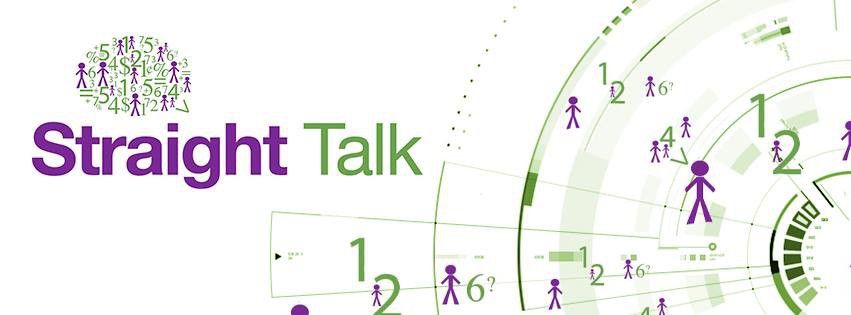Ask nearly anyone in business, from insurance to computers, cars to clothes, what their customers want, and they’ll usually respond with something that has to do with low price.
But when you look around at what people spend their money on… what they drive, what they wear, where they live, where they dine out… you quickly see that that argument goes right out the window.
Yet, in nearly every business, if you exhibit hesitation at buying, the salesperson will almost always try lowering the price as a first resort.
The best way to find out what your customers or prospects want is to ask them. That’s it. Simply ask them. The answers might just surprise you.
People, as a rule, buy on emotion. Then they back up that purchase decision, or justify it by using logic or reason. Here’s what I mean:
An acquaintance of mine was in the market for a new car. He was married and had two small children. It was the second marriage for both he and his wife, they had just moved into a new home and finances were tight.
One Saturday, he found himself at a local auto dealership. The salesperson, after asking my friend about his situation, assessed his needs and determined that he needed a small, economy model, four-door sedan.
This would fit his small family comfortably, was economically priced, got good gas mileage and was a nice looking car.
But my friend saw the sleek sports model on the next row and asked the salesman to show it to him. Well, he took the car for a drive, quickly fell in love with it and ended up buying it.
When he arrived home with his new purchase, his wife became very upset. My friend explained that the salesman had indeed, shown him another model. But, that even though the sports car cost more, it held its value longer, and would be worth more as a trade-in when they were ready to sell it.
He also explained how there was a small “jump-seat” in the back where the kids could ride, and that by the time they were big enough to not be able to fit in the back anymore, he should be doing better at his job and they could afford a larger car.
What it really came down to, was that my friend had always wanted a sports car growing up, and throughout his first marriage. But as a teenager, he didn’t have the money, and his first wife insisted they couldn’t afford it.
Well, on this particular Saturday, he found himself alone, went to the dealership by himself and bought the car of his dreams. He satisfied a suppressed desire, bought based on emotion, and justified his purchase through the use of logic and reason
The salesperson initially did the right thing by asking about my friend’s needs, and trying to fit him into the logical car for him and his family.
But that wasn’t what my friend wanted. When the salesperson found out what he wanted, he changed his presentation to help him satisfy those wants.
The sports car obviously had a higher sales price, and the salesperson didn’t have to discount the vehicle, because he could see that the buyer wanted that vehicle. In fact, his mouth was probably watering just at the sight of it.
If the salesperson had been trying to sell to his customer’s needs… the four-door economy sedan… he most likely would have had to discount the vehicle to make it more attractive.
The end result? The customer got what he wanted and the salesman made a greater commission.
Now, what about you in your business? Do you sell your prospects and customers what they need? Or do you take the time to find out what they want, and sell them that?
There are several ways you can determine the wants of your prospects and customers. Surveys and questionnaires, whether by phone or mail are some of the easiest and most effective ways.
You can follow-up after a purchase to find out how they like the product or service they just bought, see if they have any questions about how to use it, and ask about other products they may be interested in.
You can ask them when they come into the store or your place of business.
You can have them fill out information cards and at the same time, register for a competition. The ways you can get information from your customers are only limited by your imagination. Think about your business, and the various ways you can get this information from your customers and prospects.
By applying this concept of selling to their wants and not their needs, you’ll not only make more sales, but the transaction value of the sale will be higher. And, your customers will return to make more purchases and bring their friends with them, because you’ve treated them the way they want to be treated and not the way you think they should be treated.
Now, there are a couple of reasons why people won’t spend their money with you.
- No Want – We’ve already discussed that people will buy what they want before they’ll buy what they need.
- No Trust – You haven’t established the level of credibility, trust and believability they need to make a purchasing decision.
- No Value – You haven’t created enough value “perceived value” in their minds to equal or exceed the value of the money they will have to give in exchange for the item. Remember, it’s not what’s “real.” What is perceived in the customer’s mind is reality to them.
- No Ability – Some people genuinely don’t have the financial ability to pay for the item.
Once you’ve established a level of trust and believability, and found out if they can afford what you offer, you’ll make more and bigger sales by selling to the wants than to the needs.
Take the time now to survey your customers. Find out why they purchased a particular item from you in the first place, why they chose your business over your competitors, and what additional products or services they may be interested in. Then work on finding out how to satisfy those wants. It’s no longer, “Find a need and fill it.” You’ll be much farther if you “Find a want and satisfy it.”












